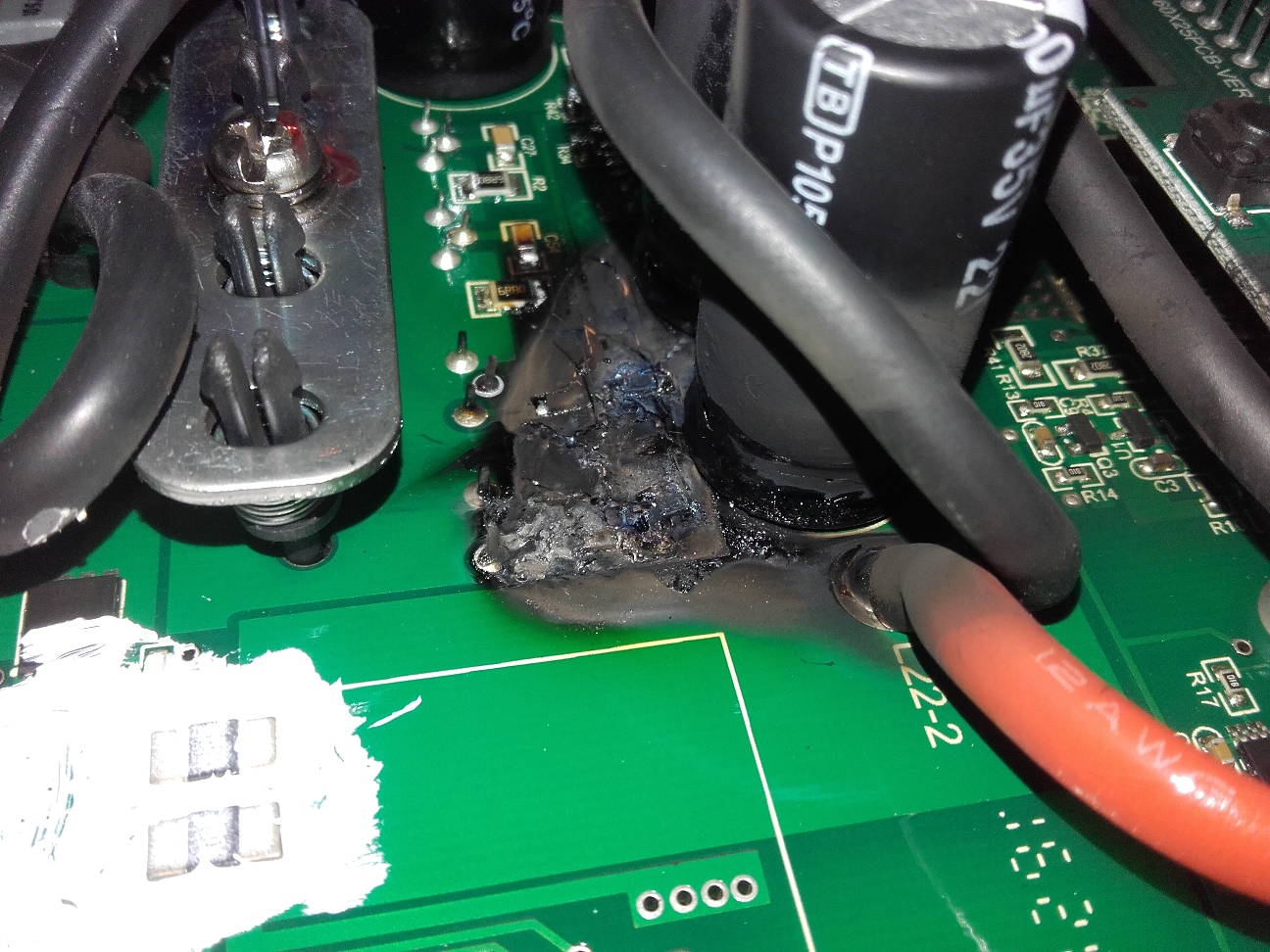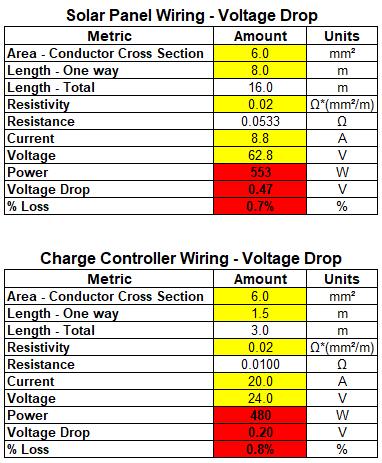https://www.youtube.com/watch?v=kF_cVEYxj3E
I want to make clear that I am not doing this to put down victron products. The reviewer makes favorable points of Victron. But it's important for Victron engineering and management to know what others are thinking.
By the way, I agree with his point on wire gauge. The biggest mistakes I see people make is using cheap wire. Event "professional" installers do it. It's way to reduce cost without customer knowing. And conventional rule is 1 - 2% loss is acceptable. But not in solar.
Think of it this way: 17% solar panels are $1/watt. 21% solar is $4/watt. It's penny wise and pound foolish to loose 1 - 2% using even "acceptable" AWG. Over gauge everything.




